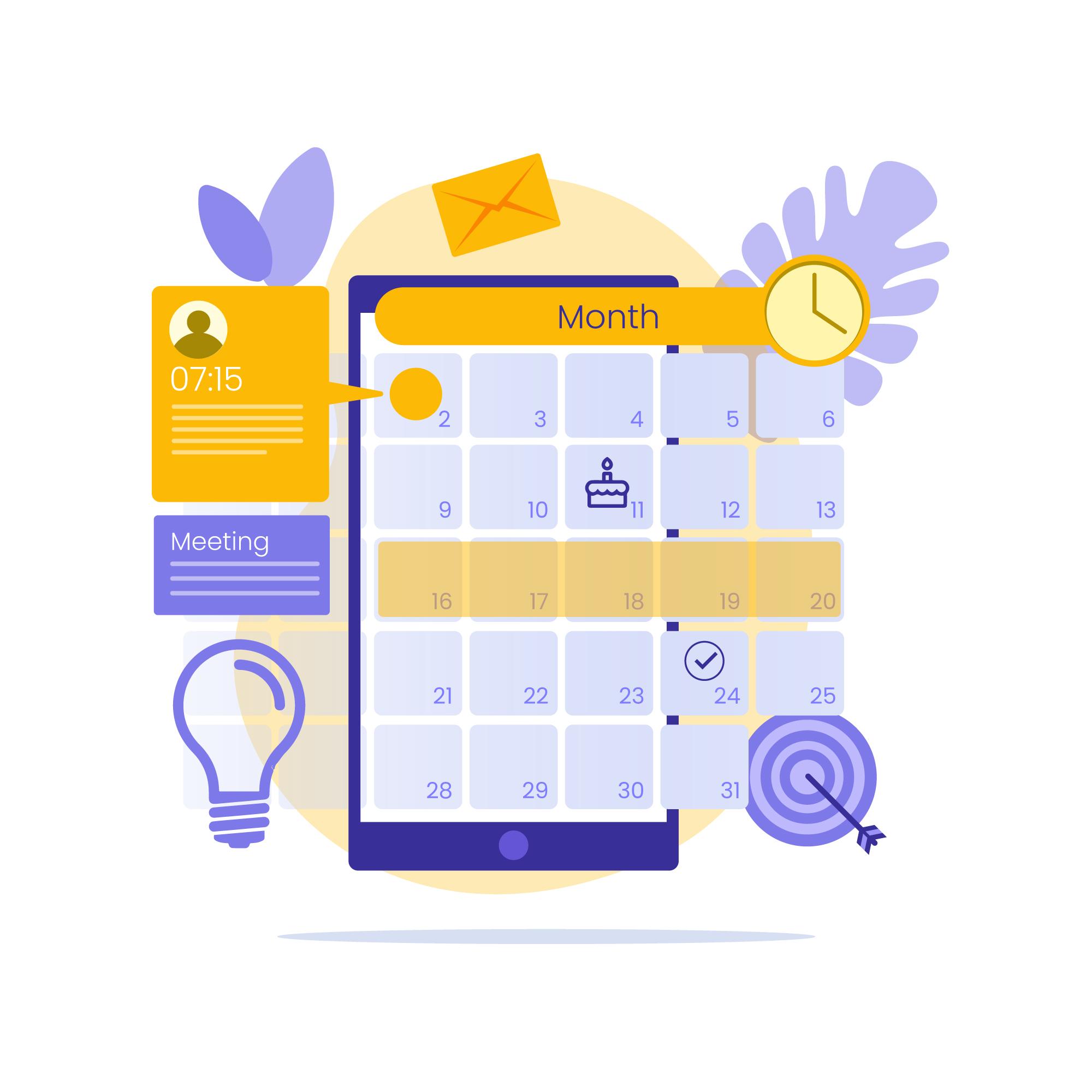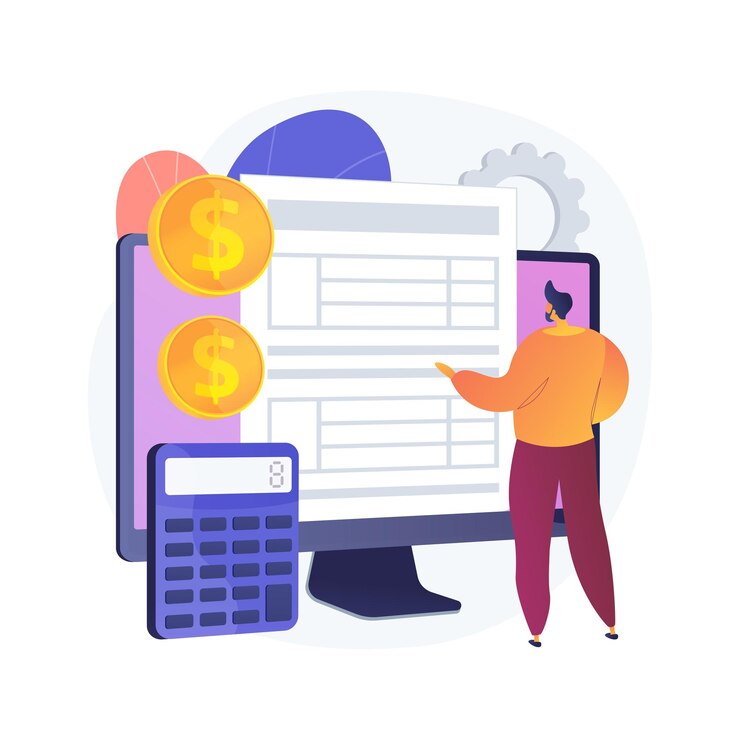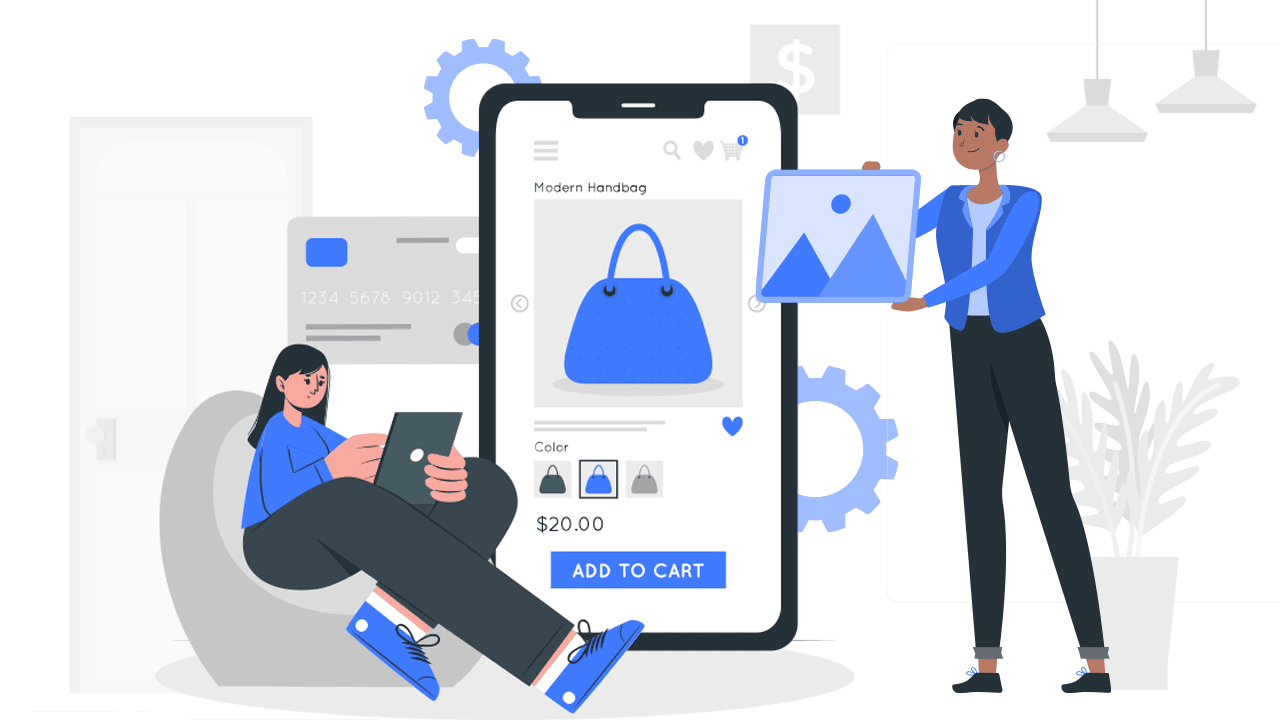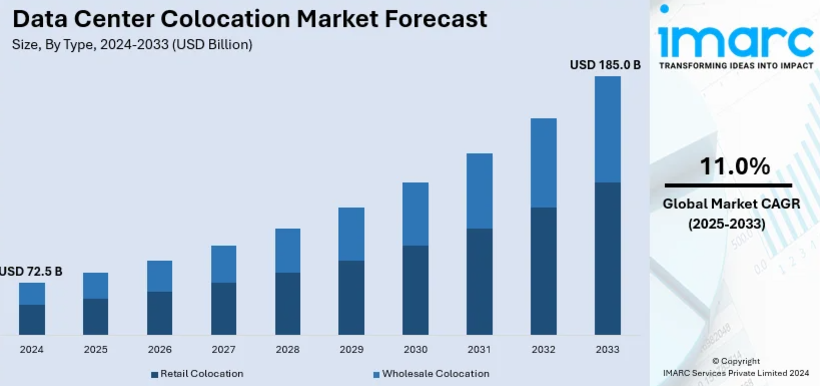Being a healthcare professional, you probably take immense pride in providing exceptional care to your patients. You invest your time and effort to prepare for each appointment, ensuring everything is ready – from equipment to the staff. But isn’t it frustrating when your patient ends up being late, or worse, doesn’t show up at all? What if there was a solution to this problem? This is where patient appointment scheduling automation comes to the rescue. Let’s dive deeper to understand how streamlining the appointment scheduling process improves patient care while maximizing your ROI.
Manual Patient Appointment Scheduling: A Breeding Ground for Mishaps
Traditional patient appointment scheduling involves booking patients for their visits, following up with the patients, and sending them reminders. Although appointment scheduling might seem straightforward at first glance, problems start to arise when there are no-shows, late arrivals, or patients make last-minute appointment changes. The valuable time your staff could have spent on patient care is now spent following up on appointments and manually updating the doctor’s calendar. And before you know it, the focus shifts from providing quality patient care to managing administrative tasks, leaving both your staff and patients feeling frustrated. Let’s take a look at three major challenges in traditional patient appointment scheduling.
The Drawbacks of Manual Patient Appointment Scheduling
1. Patient No-Shows and Cancellations
When patients miss their appointments or cancel them at the last minute, it can throw off the practice’s entire carefully crafted schedule. It’s not just about lost revenue but about the irreplaceable time spent on scheduling the visit that could have been allocated to other patients. This unpredictability makes it difficult for healthcare professionals to manage schedules effectively.
2. Mismatch in Demand and Supply
There is often an imbalance between how many patients need care and the available appointment slots. This issue can arise unexpectedly, especially during crises like epidemics or natural disasters, when suddenly there is a surge in demand for healthcare. On the other hand, there are times when healthcare providers find themselves with empty slots and unutilized resources, which can lead to inefficiencies and higher operational costs. This mismatch can make the manual patient scheduling process complicated and result in longer wait times for those who actually need care.
3. Staffing Issues
Manually scheduling patient appointments can put a lot of pressure on the healthcare staff. Imagine yourself in a bustling hospital with a steady stream of patients, all while managing no-shows and cancellations. This can lead to staff burnout, eventually affecting your patients’ well-being. High turnover rates can make things worse, as new employees need time to get used to the appointment scheduling process. This cycle of burnout and turnover makes it harder for staff members to provide the attention and service that patients deserve.
Patient Appointment Scheduling Automation: Your Shield Against Scheduling Chaos!
Patient appointment scheduling automation leverages advanced technologies like artificial intelligence (AI) and robotic process automation (RPA) to streamline the process of booking and managing patient appointments. Rather than depending on traditional methods such as phone calls or paper calendars, this automated solution allows patients to swiftly schedule their own appointments online. Patients receive notifications on time about their appointments, reducing the chances of missed visits, while staff can easily adjust schedules without the need for manual updates. This leads to better communication and a positive experience for everyone involved.
Five Ways Patient Appointment Scheduling Automation Enhances Patient Care
1. Shorter Wait Times
Automated patient appointment scheduling helps in reducing wait times for patients. When a healthcare professional finds an open slot in their schedule, the automated system can quickly reach out to patients with non-urgent needs to fill that gap. Some AI agents can even look at future appointments and see if anyone can be rescheduled to an earlier time, making sure patients are seen as quickly as possible.
2. Better Patient Experience
Patient appointment scheduling automation allows patients to book their own appointments. This is especially helpful for those who are too unwell to chat but can use their phones. By allowing patients to schedule appointments anytime, choose their doctor, and message the practice beforehand, they feel more in control of their healthcare. This empowerment, in turn, leads to better follow-through on treatments and improved patient outcomes.
3. Fewer Cancellations and No-Shows
Automated reminders are a great feature of patient appointment scheduling automation that helps reduce cancellations and no-shows. Since many patients book their appointments well in advance, sending timely reminders can help them remember their upcoming visits. These reminders can be customized to suit the specific situation, whether it’s a routine check-up or a more sensitive appointment. By providing a gentle nudge, practices can not only improve attendance rates but also enhance the overall patient experience.
4. Prioritized Care for Urgent Needs
When a patient has an urgent medical issue, the automated appointment scheduling system can quickly adjust appointments to accommodate them. It automatically notifies the patients with non-urgent appointments about any changes, ensuring that those requiring immediate care receive it without any delays. This automated process is much faster and less stressful than handling appointment rescheduling manually, allowing healthcare providers to focus on delivering timely care to those who need it the most.
5. Improved Communication
Automated patient appointment scheduling systems significantly enhance communication between patients and healthcare providers. These systems ensure that patients receive timely updates about their appointments, including confirmations, reminders, and any changes to their schedules. For example, if there’s a need to reschedule an appointment, the system can automatically notify the affected patients, providing them with new options and keeping them informed. This consistent flow of information helps patients feel more connected to their healthcare providers, reducing anxiety about their care.
Closing Thoughts
The future of healthcare is all about harnessing technologies to enhance patient care. By automating your patient appointment scheduling process, you’re not just improving efficiency. You are future-proofing your practice to meet the evolving needs of your patients. Don’t let outdated scheduling methods hinder your practice’s growth. Get in touch with a leading automated appointment scheduling solution provider today for a free consultation. Discover how this solution can elevate patient care while elevating your bottom line.




